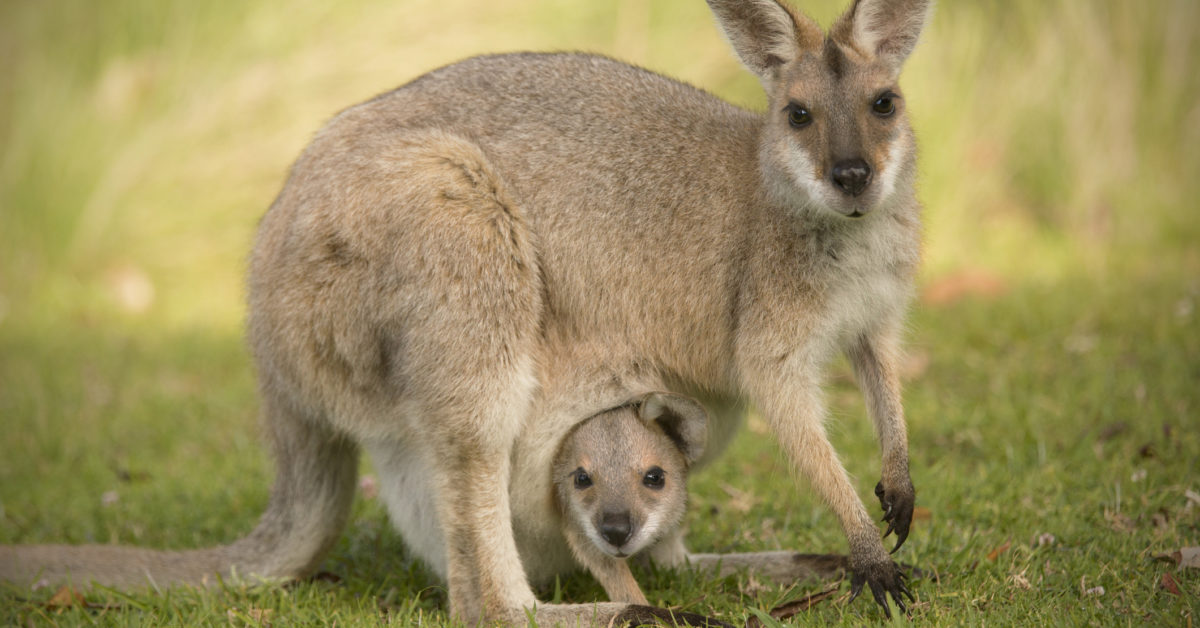A new study has found that female swamp wallabies can mate and conceive while still carrying a full-term fetus. This allows them to be continuously pregnant throughout their adult life.

These results appear in the journal Proceedings of the National Academy of Sciences.
Unlike human females — who give birth after 9 months of pregnancy and are unlikely to conceive again for another 6 months, if they breastfeed the baby — kangaroos and wallabies have much shorter pregnancies. They can ovulate and mate again just hours after giving birth.
This reflects the diametrically opposite evolutionary strategies of eutherians (which are mammals with a placenta, such as humans) and marsupials (which are mammals that lack a placenta, such as kangaroos and wallabies).
Although humans have evolved to maximize the length of their pregnancy in order to give birth to well-developed offspring, female kangaroos and wallabies pack as many pregnancies as possible into their adult life.
They give birth to tiny young, which must then spend months completing their development in an external pouch, where they suckle. The mothers can become pregnant again just a few days after giving birth.
In fact, researchers believe that female kangaroos and wallabies can be simultaneously supporting young at three stages of development: an embryo in the uterus, a joey in the pouch, and an offspring at her feet.
For some time, however, biologists have suspected that female swamp wallabies take this evolutionary

